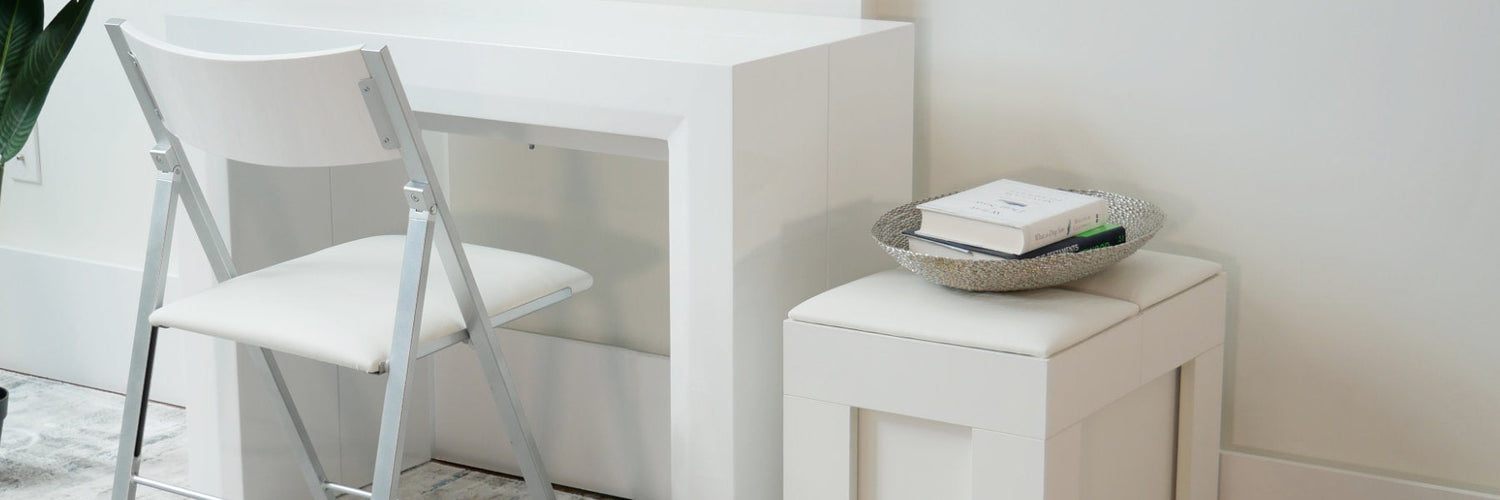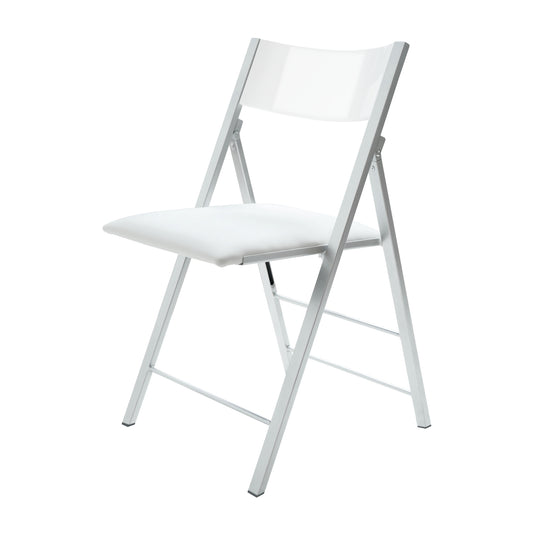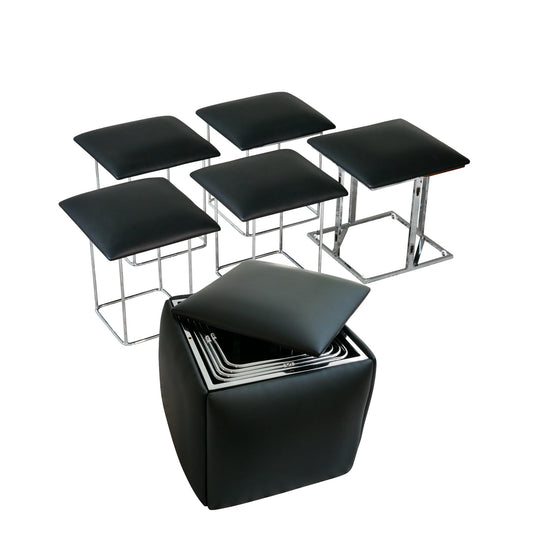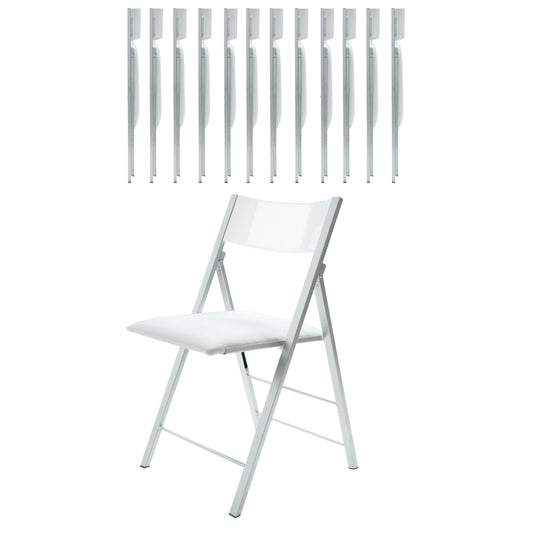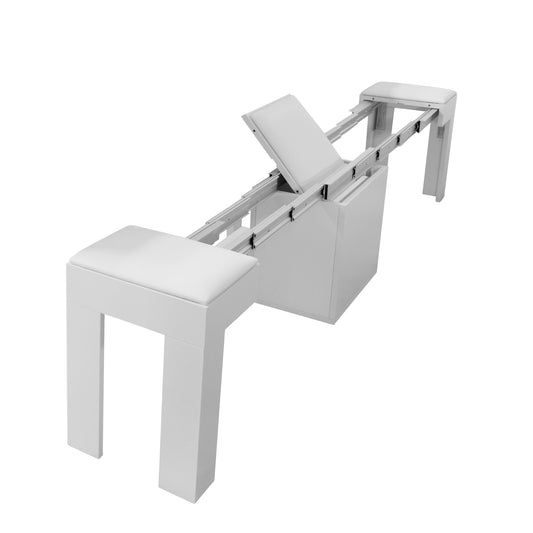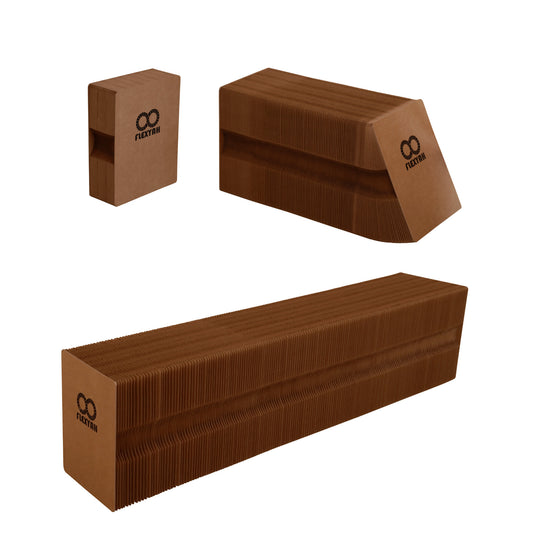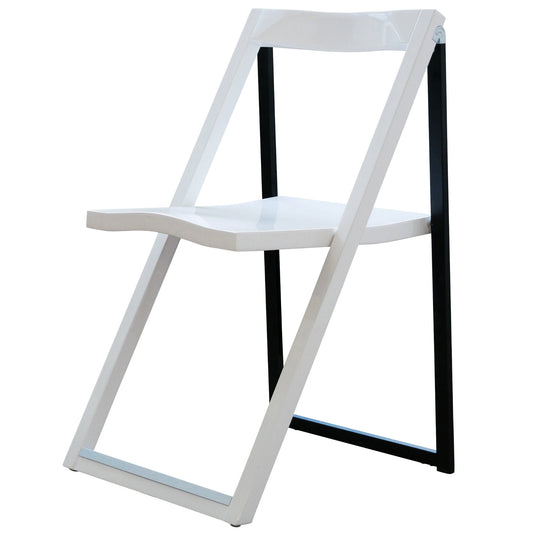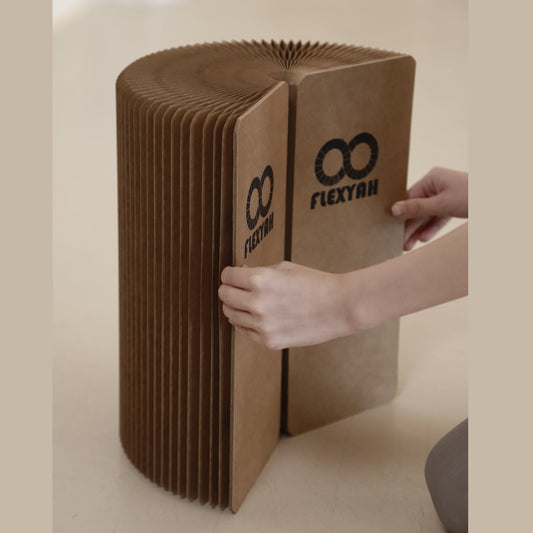Couches and sofas are phrases that can be used interchangeably to reference a cushioned bench with a back, and sometimes sides that are used for seating inside or outside. If you're curious about the difference, there are a few between couches and sofas.
All sofas can be couches, but not all couches can be sofas because of the differences like uses and fabrics. This guide will help you decide which is right if you’re shopping for furniture, or provide some fun facts if you’re just curious and want a furniture fun fact to stump your friends at a trivia night.
The Differences Between Couches and Sofas
There are major differences between couches and sofas including:
- The duration of time for sitting
- Formality
- Seating capacity
- Cushion firmness
- Placement
- Seat depth and back height
- Fabrics
If we go off of the origins of the words couch and sofa, the difference would be a piece of furniture designed for seating that either does or does not have arms as the word “couch” is French coming from “couche” and is a seat with no arms and legs and “sofa” is in reference to furniture with arms and legs.
Something interesting is that definitions like the one in Miriam Webster refer to a sofa as being able to convert into a bed which is why “sofa bed” is why we reference a couch with a bed more than we say couch bed. People also search sofa bed 3 to 1 compared to sofa couch according to Google’s publicly available search information using their keyword planning tool for marketing, even though there are roughly 3 times as many people searching for a couch rather than a sofa.
Although this is interesting, it makes sense when you look at the main differences. Most people want something comfortable to relax on, and that means a couch over a sofa. Less people are going to need to replace decorative furniture used for entertaining as often as furniture for regular sitting and relaxing, so sofas have less demand than couches as they need replaced less often.
If you’re curious about the other differences between couches and sofas, we break each one down below.
How Long You Sit on Them
Both couches and sofas are designed for seating multiple people, but sofas are for sitting for shorter periods of time like 1 to 2 hours while you catch up with a friend, for people that need to take a break from standing during an event or party, and other short durations; while couches are meant for long term sitting like long movies or when you want to take a nap.
Formality
Their uses as furniture aren’t the only difference between a couch and a sofa, the way they’re referenced changes how a person will set the expectations of the person they are talking to. When you use the word “sofa” to let the person you’re talking to know where to sit, they may picture a more fancy piece of furniture, cleaner lines, and pristine condition.
If you say “couch” the person will be expecting a more cushioned and comfortable place to sit. Couch is more casual and something you’d say with friends and in a relaxed setting while sofa is when you’re having a business meeting in an office, a fancy get together at home, or entertaining in a formal setting.
Seating capacity
The seating capacity of a sofa may be larger than a couch because the purpose of a sofa is to provide a space for more people to sit and the original definition of the word references no arms or back providing more seating surface area than a couch. This is no longer true as both are interchangeable, and it depends on the manufacturer.
If you're shopping and the two types of seating are split in a store, if you want to seat more people, select “sofa” in the furniture store’s filter, and select “couch” for seating less people or when you’re shopping for a set for your family or yourself and a few friends.
Cushion firmness
Couches are going to have more plush cushioning than sofas as they’re meant for long term seating and comfort while sofas are meant for short term seating. By being more firm a sofa can encourage the person to stay seated for shorter periods of time. Because couches are more cushioned and engulf the person, the person may want to sink into the couch and relax for hours on end.
Where Both are Placed
Couches will go in a family room, living room, game room, she sheds and mancaves, as well as basements as this is where people want to relax. Sofas go in great rooms, sitting rooms, home and corporate offices, hotel lobbies, and other spaces that are more formal and where the person will sit for a shorter period of time.
Seat depth and back height
Sofas may have shallower seats between 20–24 inches, and higher backs 30–36 inches, to encourage the person to sit upright vs. slouches and relax. Couches will likely have deeper seats between 24–30 inches and lower backs around 28–32 inches to provide a place to lounge.
This also changes with the manufacturer and how they reference their furniture, so check the product specs and dimensions before you buy and compare them to your current seating options.
Fabrics
Sofas when compared to couches will be made from high-end fabrics like suede where a couch could be made from something softer and more easy to clean stains from like cotton. Both can be made from leather, linen, cotton, and tweed. The weave on a sofa may be tighter then the weave on a couch to keep it firm and looking more posh, but that doesn’t mean the quality is always higher or lower.
Couches and sofas are now interchangeable, but there are differences in the two that can help make a room somewhere to network or to enjoy a casual conversation vs. relaxing for long durations where you want yourself, your family, and your guests to sit comfortably. When shopping for sofas or couches, knowing these differences will help you choose the right one for your needs.
